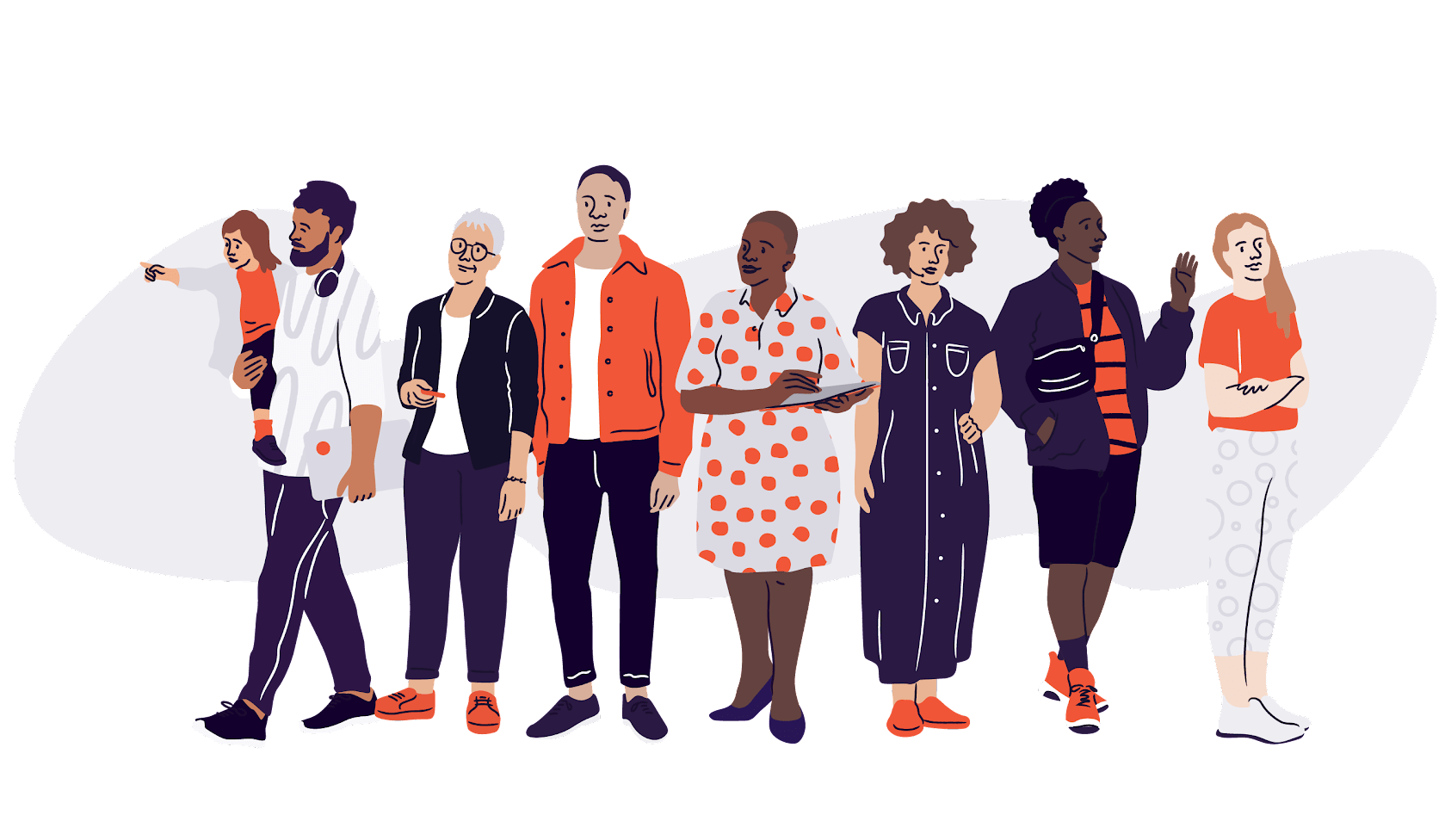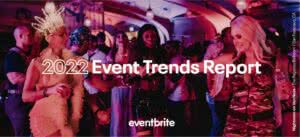You sold 200 tickets — enough to pack the room with excited event-goers. But when the day arrived, only about half showed up. The energy in the room was lackluster, and your own disappointment palpable. What happened?
As much as they love the promise of a fun event, people have no problem bailing last minute if they just don’t feel like going. The truth is, four out of five people don’t mind flaking on an event they’ve bought tickets to if they don’t feel motivated to get there.
And “getting there” has been a challenge historically. Historically, transportation hasn’t been in the domain of event creators. Those that did provide transportation did so with inefficient options like shuttle and charter buses.
Now that’s changing as event creators all over the country realize they have a secret weapon to prevent people from flaking: Ridesharing.
Transportation issues stop people from coming to your event
Every month, roughly 47% of Americans flake on an event they planned to go to, most often blaming the weather or simply being tired. If an attendee has to walk to public transportation in the rain or fight for parking by the venue, many won’t bother.
“Lack of transportation can be a barrier to anything,” says Amanda McDermott, Event Marketing Manager at Lyft. “However, when given an easy and reliable way to get to and from experiences, attendees have fewer excuses and more reasons to attend events.”
Data backs this up. More than half of Americans say convenience is the top factor they consider when deciding to attend an event last minute.
Ridesharing is already the way people go places
Ridesharing is the new normal for a generation raised on app-driven car services. According to Lyft’s 2019 Economic Impact Report, nearly half of riders are more apt to get out and explore their city with rideshare as an option. 34% of riders spend more at local businesses as a result of using Lyft. And 37% of Lyft riders are more likely to attend community events if they can use Lyft.
For attendees, rideshare is preferable to alternatives like shuttle buses because it gives them agency over their own experience getting to and from events. They can come and go as they please, without having to stick around waiting for the next scheduled shuttle.
“The success of ridesharing really boils down to its ease and convenience,” McDermott says. “With ridesharing you are able to get from point A to point B in just a few minutes. It takes the stress out parking and enables attendees to arrive and depart according to their own schedule.” If they need to arrive late or leave early, they can do so in a seamless way.
Make transportation easy for your attendees
For event businesses, ridesharing holds the potential to reduce no-shows and drive stronger attendance, making it easier for fickle event-goers to choose “go out” over “stay in.” The secret to the switch is to enable your attendees with proactive rideshare options.
For instance, set up a “ride code” in the Lyft app that subsidizes attendee transport to your event. Through Lyft.com/Events, you can set a budget and create up to 500 ride codes that last for a week.
To make sure attendees only use them for your event, specify the start and end times and limit the pickup and dropoff locations with geotagging. You can also decide exactly who can use these codes — all attendees or just VIP guests, for instance.
Even without ride codes, you can make rideshare easier for your attendees to take advantage of by establishing specific pickup and dropoff points at your event. Map your venue location on the Lyft app so it’s clear to both drivers and riders where to go for rides. And communicate all of this clearly via your email campaigns, website, and FAQs.
Use ridesharing to upgrade your event experience
Today, thanks to rideshare companies like Lyft, attendees have more options — and so do you. That’s why event creators are tapping into ridesharing trends to round out their attendee experiences. Taking charge of empowering ticket-holders with rideshare options increases the odds your RSVPs will turn into actual attendees.






